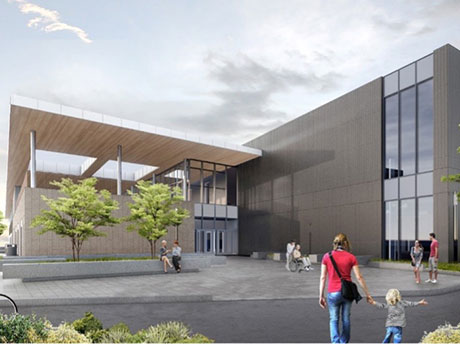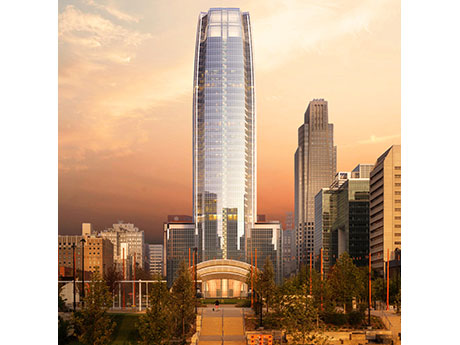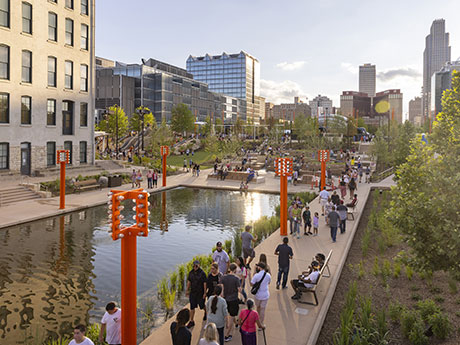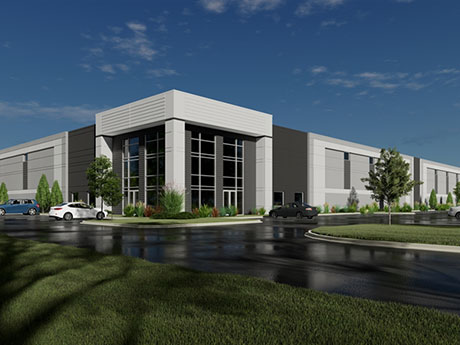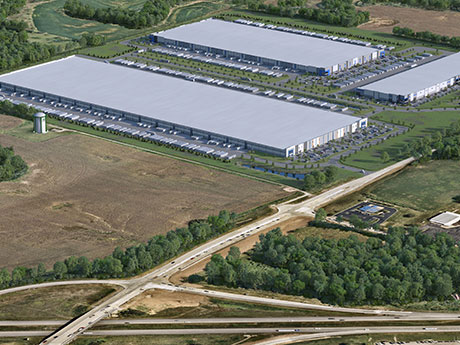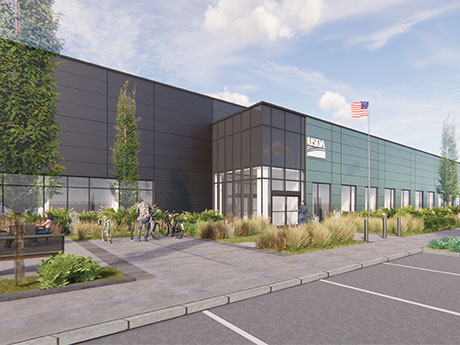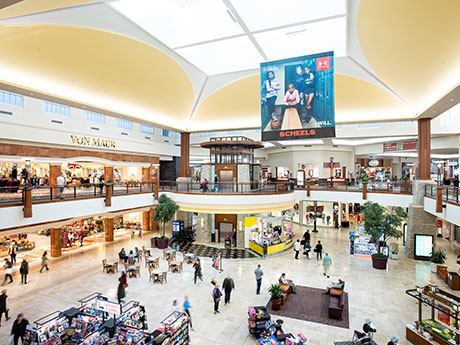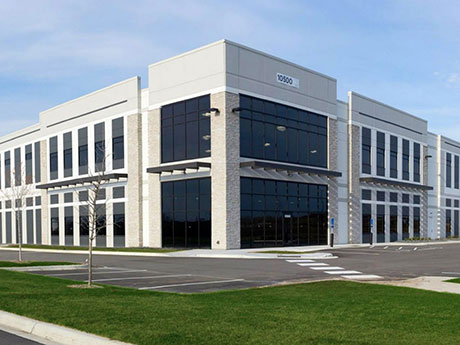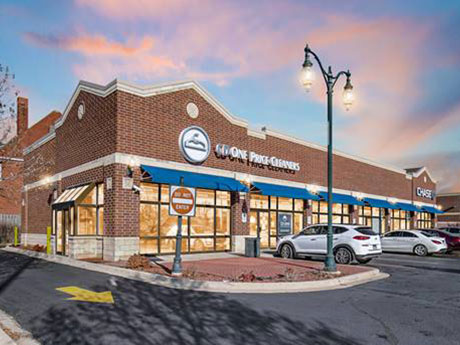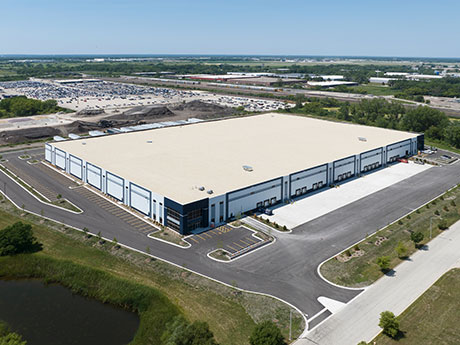By Jim Pitoukkas, Coldwell Banker Commercial Shook Outside of recognition related to Purdue University, the Greater Lafayette region (consisting of West Lafayette, Lafayette and surrounding towns in Tippecanoe County), has been in the shadows of the Indianapolis MSA to the south and Chicago MSA to the north. This is changing, though. Growth over the last decade has pushed Greater Lafayette into the national spotlight as an emerging hub for innovation in advanced manufacturing in industries including medical, aerospace and defense, agriculture and nanotechnology, and a burgeoning housing market. For three quarters straight, The Wall Street Journal and Realtor.com have ranked Greater Lafayette the No. 1 Emerging Housing Market in America based on comparatively affordable housing, a skilled technology-based workforce, and a strong growing local economy. Additionally, current and to-be residents benefit from consistent public investments in quality-of-life infrastructure that continue to attract new residents across a range of ages and backgrounds. Quality of life Greater Lafayette has invested in excess of $889 million in public investment since 2015. These investments have ranged from new utility infrastructure, a new minor league ball field, parks, county-wide trails, public facilities like the West Lafayette Wellness Center and the Lafayette Public Safety Center, and …
Midwest Market Reports
By Mike Rensch, Investors Realty The Omaha office market is facing an increasing amount of sublease space, which is having a significant impact on what spaces tenants prefer to lease right now. This is directly affecting all aspects of the overall office market as well. As the second quarter came to a close, the direct vacancy rate was 7.4 percent, compared with 7.6 percent in the second quarter of 2022. With that said, those numbers do not paint the whole picture because they do not account for the amount of sublease space on the market. The availability rate (which includes direct space and sublease space available) was at 9.8 percent compared with 8.4 percent in the second quarter of 2022. We see this trend continuing for the time being as companies grapple with whether or not to bring their employees back to the office. At the end of the second quarter, there was 841,000 square feet of sublease space available in Omaha, up from 723,000 square feet at the end of the second quarter of 2022. This represents a 14 percent increase in sublease space over the past year. It reached its peak of 919,000 square feet of available …
By Sara Hanke, The Lerner Co. Eternally optimistic is the state most commercial real estate brokers find themselves in, particularly when it comes to the retail sector. We must be, as the conditions of the retail market are quite often painted in negative broad strokes. The predictions that online sales would be the demise of physical retail proved wrong. Retailers that are digitally native continue to open brick-and-mortar locations after realizing the limits of online customer acquisition and growth. Most recently, the pandemic has shown us that retail can weather the storm of restrictions and limitations. Now we are in a post-pandemic world where the restrictions and upheaval of the way we consume has shifted our mindset. Shoppers have returned to their daily shopping, eating and entertainment needs. Navigating the complexities of the retail real estate market continues to keep us all on our toes. The first and third quarters were healthy with vacancy dipping below 5 percent. So far, the third quarter has proven strong due to new-to-market concepts looking to do multiple location rollouts as well as existing retailers looking to add additional locations. As the year progresses, we are not without challenge. There has been a shortage …
By Mike Mangan, Cresa We knew it would happen, it was just a matter of time: The industrial real estate market is currently experiencing a cooling trend in Chicago and across the country. The best-performing asset across all commercial asset classes for the past several years is finally coming back to earth due to higher borrowing costs and a slowdown in demand. Rental rates are beginning to level off and many economists are predicting a reduction in consumer spending. The industrial sector had been able to flourish despite economic headwinds, with demand during the pandemic heavily focused on e-commerce activity. The supply versus demand is shifting, and this should be welcome news to tenants in the market or who will be in the market in the next 12 to 24 months. Indicators are not pointing toward a crash landing, but a return to earth for the golden child of the commercial real estate asset classes. Tenants and occupiers will be able to utilize the additional supply coming to market to secure better economics and concessions. The facts Let’s first take a look at the national landscape. The U.S. unemployment rate in August was 3.8 percent — higher than predicted by …
By Scott Bluhm, Newmark Zimmer Since 2016, the Kansas City industrial market has been on a hot streak. We observed more opportunities and increased user activity. There have been consistent years of record positive space absorption and the delivery of Class A buildings, whether speculative or build-to-suit. The peak of that hot streak was in 2022. The year concluded with records in positive absorption, vacancy and rental growth. By the end of 2022, Kansas City became the 15th-largest industrial market in terms of square footage, surpassing Seattle. Significant statistics for 2022: •Over 16 million square feet of positive absorption •A vacancy low of 3.6 percent •A 10.6 percent increase in rental rates The year 2023 has been unique due to economic conditions and uncertainty. New speculative construction starts are down approximately 70 percent, with around 2.5 million square feet breaking ground in 2023. Most of the speculative buildings delivering in 2023 were projects that began construction in 2022. Annual net absorption has decreased to 2.5 million square feet in the first and second quarters. For reference, the fourth quarter of 2022 saw a record-setting net absorption of approximately 7.3 million square feet, and the third quarter of 2022 had 3.2 …
By Mary Lamie, Bi-State Development The industrial real estate market continues to show its strength in the St. Louis region as new investments by industrial developers hold steady. Coming off a record year in 2022, with more than 7 million square feet of completions entering the market and 6.5 million square feet absorbed, the region’s new construction has leveled off a bit, with 1.1 million square feet of industrial space delivered so far in 2023 and 3.6 million square feet of space still under construction, according to the latest numbers from Colliers. Speculative construction rates remain high, with 65 percent of construction since 2019 being speculative builds. This growth in industrial construction is being fueled by national and regional developers who believe St. Louis has the industrial activity levels needed to drive construction investments. Data included in the “St. Louis Regional Industrial Real Estate Market Indicators & Workforce Report,” released by the St. Louis Regional Freightway in May, shows the St.Louis region now has 182 million square feet of space available. According to the report, the region offers the largest amount of manufacturing space available on the market compared to other Midwestern cities, along with one of the lowest triple …
By Tricia Pitchford and Amy Senn, Mid-America Real Estate A strong regional economy continues to propel the retail real estate market in Minneapolis heading into the fall. Unemployment remains lower than the national average, though up from last year’s remarkable sub-2 percent. New jobs are being created at a nice clip. At the same time, retail real estate space is tight, with limited new construction. Well-located spaces are being re-tenanted quickly. The same is generally true for B and C locations. Rents are flat to increasing. Higher construction costs continue to hamper tenant expansion. Although the macroeconomy is slowing, consumers are proving resilient, with a large appetite (pun intended) for quick-service restaurants and personal services, in particular. Where’s the most action? Suburban trade areas are seeing most of the activity across the metro area. Maple Grove, Woodbury, Edina and Roseville are among the strongest submarkets. A couple of urban trade areas, namely the North Loop warehouse district and Northeast Minneapolis, stand out for their growing appeal as arts, entertainment and dining districts. (Yes, we have hipsters in the Twin Cities.) Generally infill and redevelopment opportunities are more time-consuming and costly to execute than ground-up development, but that’s not stopping the …
By David Berglund, JLL The Minneapolis-St. Paul industrial real estate market continues to show strength as tenant demand and leasing activity keep vacancies low and absorption steady. In the second quarter of 2023, there were more than 4 million square feet of leasing and 523,641 square feet of net absorption, which pushed vacancy rates down slightly to 3.6 percent. In addition, roughly 800,000 square feet of speculative development was removed from the market. Currently, there is just 2.7 square foot of available space for every square foot of tenant demand. Year-to-date absorption was nearly 2 million square feet, led by the Northwest submarket with nearly 1.3 million square feet of that total since January. The Northwest submarket has been leading in absorption in four of the past six quarters. Asking rents increased to $6.21 per square foot and first-year rents continued to climb to $9.13 per square foot, reflecting an 11.5 percent growth over 2022. With very low vacancy and limited supply coming, we are continuing to see favorable conditions for landlords in the Twin Cites industrial market. New high-water marks for rents will likely continue into 2024. Investment sales, however, tapered off significantly as the impact of several incremental …
By Jared Shapiro, Marcus & Millichap The commercial retail market is a consistently evolving landscape that plays a vital role in shaping our economy. With consecutive months of broad growth, health and convenience remain a priority for shoppers. With the combination of more households planning seasonal trips and underlying tenant demand remaining extraordinarily strong, the commercial retail sector has become the “darling of the industry.” As seen in the June meeting, the Federal Reserve took a rate hike hiatus for the first time since March 2022, which should lead to some stabilizing of the capital markets. Is the retail investment market poised for a growth and boom cycle? In short, the answer is yes. Currently, there is a lack of for-sale inventory on the market for multi-tenant shopping centers, which is creating a scenario where we are consistently seeing multiple qualified offers on deals that we are seeing in the market. As we are getting deeper into the summer months, the flow of 1031 exchange money will continue to grow. This will be a positive element for the single-tenant net-lease sector, as it has historically seen the most aggressive buyers of triple-net deals in 1031 exchanges. When viewed from …
By John Cassidy and Calvin Gunn, Lee & Associates If you love a good groundbreaking photo — full of shiny shovels, hard hats and smiling development teams — you may be disappointed this year, for all the best reasons. With Chicago’s most recent wave of speculative industrial projects currently being delivered, the market now actually has space to offer industrial tenants — a refreshing change from the past few years. With construction costs and interest rates continuing to rise and credit availability shrinking, many developers with ties to Chicago are pausing new projects as exit cap rates are becoming more difficult to predict. At the same time, market fundamentals are starting to cool from the pandemic-era eruption of demand. The good news: Chicago’s industrial market may be down from the clouds, but it’s still historically quite healthy. Vacancy rate in perspective According to Lee & Associates of Illinois’ second-quarter industrial snapshot, construction deliveries caused the Chicago industrial vacancy rate to tick upward for the second consecutive quarter. However, a 3.68 percent vacant market is still considered a historically low vacancy environment. As a comparison, that vacancy rate measured about 12 percent at the end of 2009 and 6.6 percent in …


